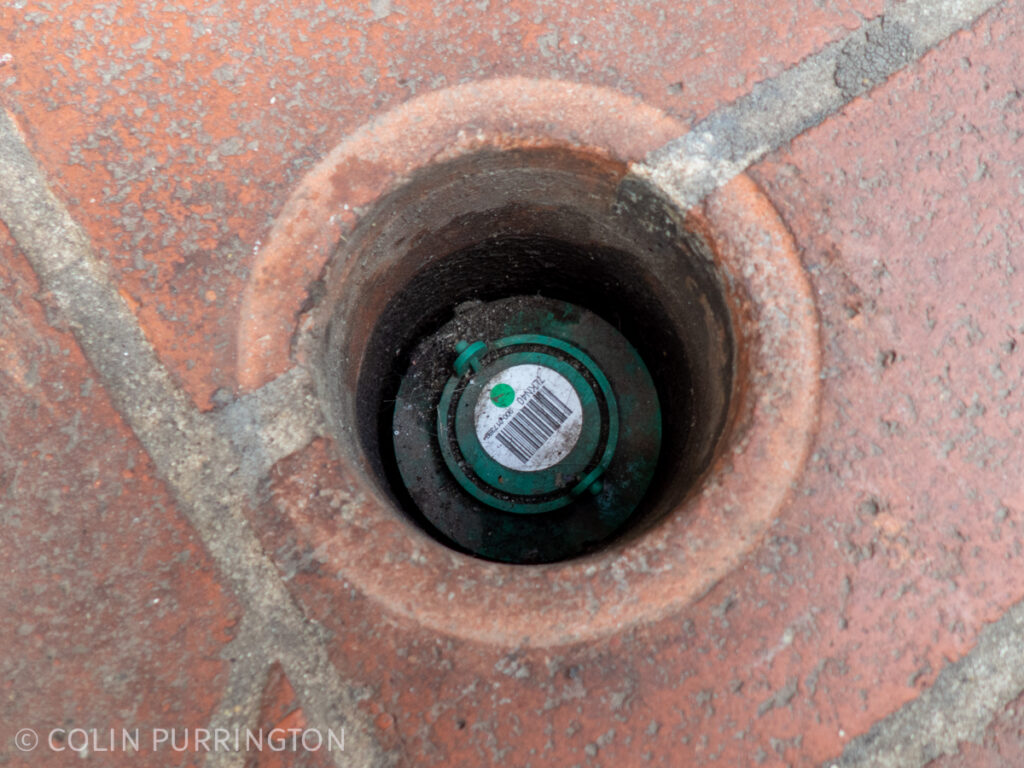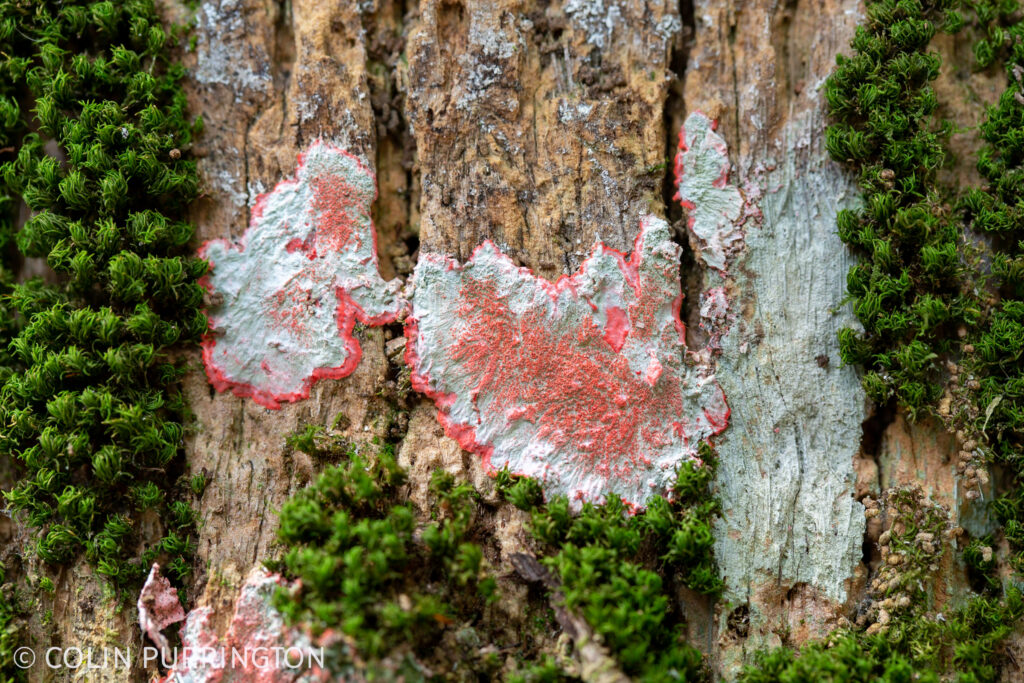In honor of Mardi Gras I thought I’d make a short post about the small circular metal plates on sidewalks (banquettes) in the French Quarter of New Orleans. When I visited there in February, I initially thought they were surveyor control points or property markers, but that made no sense because there were sometimes a dozen per block, plus the bolts in the center seem to show signs of wear and tear as if they were being used a lot. A reverse image search quickly revealed they had something to do with termites, specifically the introduced species, Coptotermes formosanus, that arrived sometime on or before 1957. Details below (as it were).

The plates are remnants of Operation Full Stop, a USDA-led project that was funded in 1998 by a $5 million earmark in the Federal budget. Part of the funding was to develop a bait system that would deliver poisons to deserving termites in a 15-block area of the French Quarter. Inside a 3″ hole drilled into the sidewalk and deep enough to reach the soil level is a bait station supplied by Terminix. I think the station is manufactured by Sentricon and included a chitinase that killed the termites by preventing their ability to molt. Here’s a bait station inside a hole that was missing its cap plate:

The cap plate is a rather clever device that makes a water-tight seal as the snake eye bolt on the plate is tightened. It was the brainchild of the late Edgar S. Bordes, Jr., I gather.
Per Martin 2016, this baiting effort caused a reduction in termite populations from 1998 to 2011, the year the funding ran out. And most of the ~3000 homeowners that received the bait stations have opted to pay a pest-control service to maintain them. But this article implies that many of the termites are in the walls of homes and businesses and perhaps don’t regularly visit the ground level and so might not encounter the poisons inside the bait stations. Therefore, many homeowners are hiring specialists to examine their walls with infrared cameras, acoustical detectors, miniature radars, and snake scopes. If I invested in a home in New Orleans I would spend tens of thousands of dollars to buy all of those devices so I could monitor my walls whenever I wanted.
If you’d like to see more plates, just browse Google Maps of the French Quarter in Street View mode. E.g., here’s the sidewalk in front of 916 St. Louis St.
Happy Mardi Gras!

Alley near House of Blues with two termite bait stations (bottom of pic).

